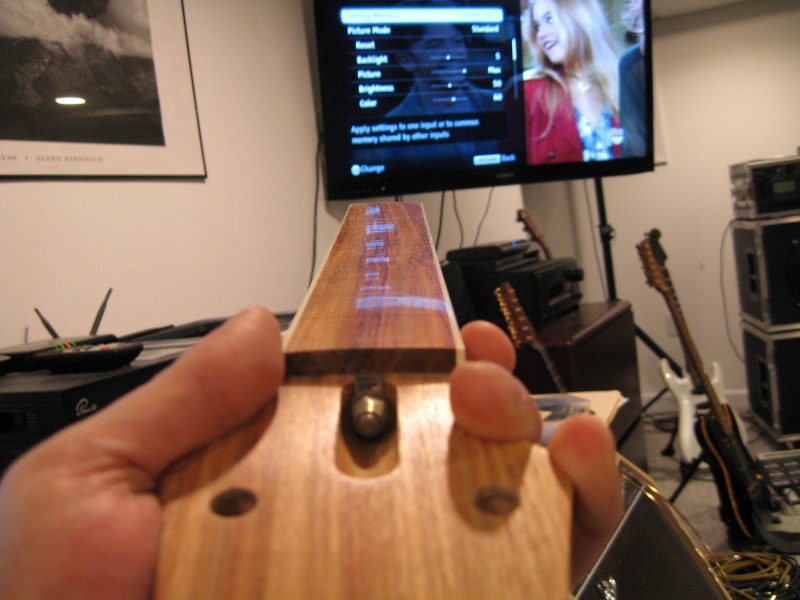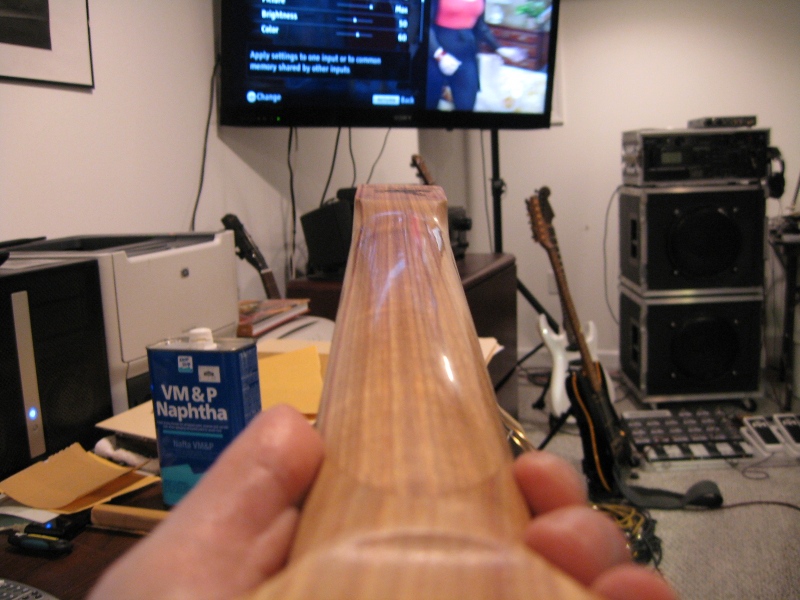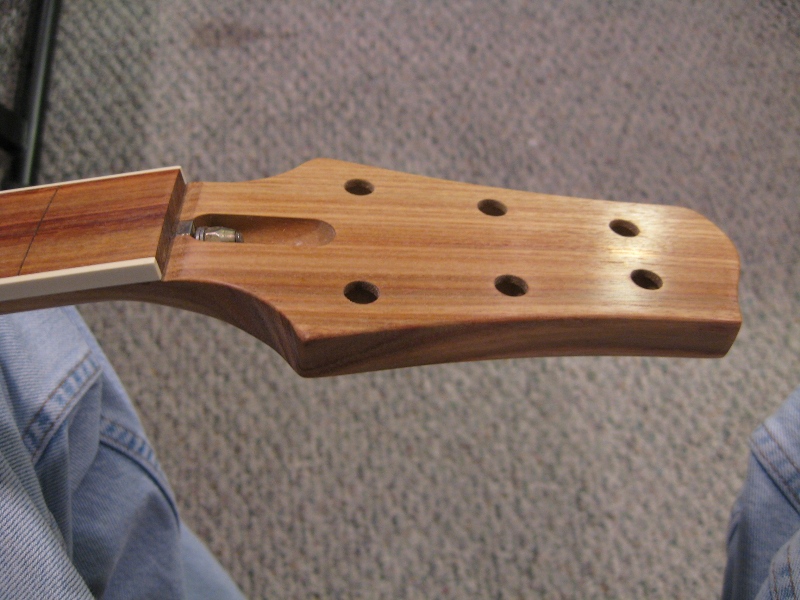treyhaislip
Junior Member
- Messages
- 106
Great thread, good read and good info!

Cagey said:Here's another example of what this burnishing does. This is a Canary on Canary neck...



I broke the corners on the headstock with some 220 grit, then everything got treated to a progression of 400, 800, 1200, 1500 and 2000 grits. Thing is slicker'n snot, and there's no finish. Plus, it doesn't mar like satin finishes do.

